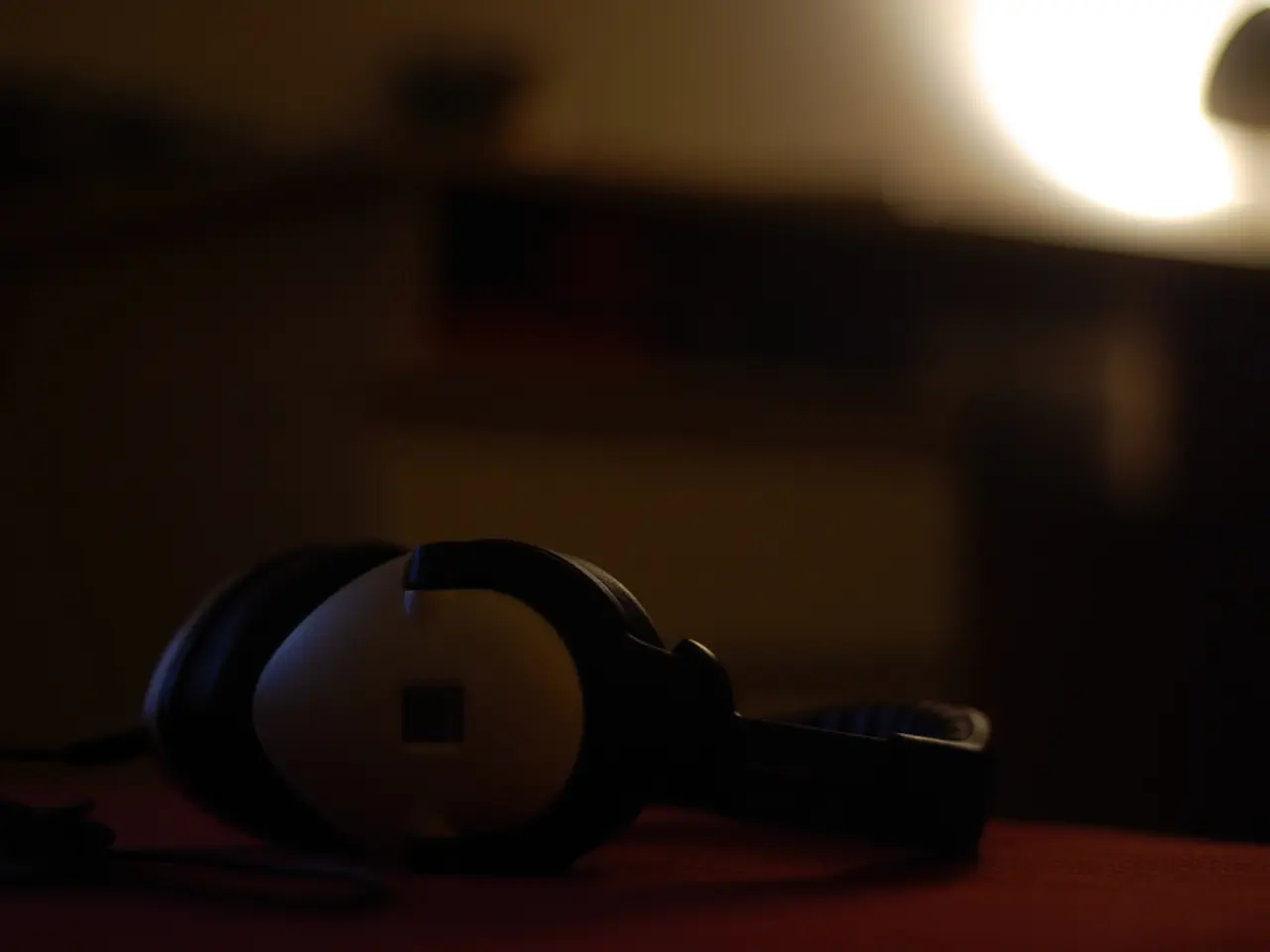Rise in Workforce Affected
Protecting Workers' Hearing: The Importance of Noise-Canceling Equipment
In Quebec, approximately 340,000 workers are regularly exposed to intense noise levels at work, a figure that has risen from 7.7% in 2014-2015 to 8.6% in 2020-2021. This increase is partly due to a boom in construction, but it's not just the construction sector that's at risk. Noise exposure has increased in almost all sectors of economic activity, including information, arts, health, finance, and education.
Noise-induced hearing loss is a serious concern for these workers. Intense noise is defined as noise that makes it difficult to hold a conversation a few feet away, even by shouting, which corresponds to an estimated level of noise exposure of at least 85 decibels. Exposure to such noise levels for eight hours a day can lead to noise-induced hearing loss.
To protect workers, the INSPQ report suggests using noise-canceling earplugs and earmuffs. However, it's important to note that these protective measures are not foolproof and require correct usage. Earplugs have their limits, as workers often remove them to talk to each other or if it's very hot and they're working outdoors. Earmuffs, too, can be less effective if they don't form a tight seal around the ear.
To ensure maximum protection, proper usage is critical. This includes choosing the right type of hearing protection based on the noise level, type of noise, work environment, and worker comfort. Proper fit is essential, with earplugs fully sealing the ear canal and earmuffs forming a tight seal around the ear without gaps. Training workers on how to insert earplugs correctly or wear earmuffs properly increases effectiveness. Consistent and correct use is necessary for hearing protection to be effective.
For very noisy environments, combining earplugs and earmuffs is advised to achieve higher attenuation. Some advanced earmuffs offer electronic noise control to amplify safe sounds while blocking harmful noise, helping maintain situational awareness.
In summary, noise-canceling earplugs and earmuffs can significantly prevent noise-induced hearing loss if they have adequate noise reduction ratings, fit well, are selected according to the noise environment, and are worn consistently and correctly. Regular training, fit testing, and comprehensive hearing conservation programs enhance protection effectiveness.
However, if earplugs are not placed correctly, they lose much of their effectiveness, leading to a false sense of security. The report concludes that workplaces and health and safety resources need to continue their efforts to protect workers' hearing and prevent hearing loss. It's also important to remember that working longer hours increases the risk of hearing loss, as every 3-decibel increase requires halving the time of exposure.
Sources:
- Noise-Induced Hearing Loss Prevention: A Guide for Workplaces
- INSPQ Report on Noise-Induced Hearing Loss
- Proper Use and Care of Hearing Protection
- Advanced Noise-Canceling Earmuffs for Workers
- Noise Reduction Rating (NRR) Explained
- The manufacturing industry, like construction, is one of the sectors that have seen an increase in noise exposure, necessitating the use of noise-canceling equipment to safeguard workers' hearing.
- In addition to traditional noise-canceling earplugs and earmuffs, advanced technologies in the automotive and science industries offer electronic noise control earmuffs, designed to amplify safe sounds while blocking harmful noise, improving situational awareness.
- Besides the importance of noise-canceling equipment, health and wellness in the workplace extends to areas such as fitness and exercise, nutrition, and overall industry finance, all tailored to maintain worker productivity and prevent illnesses.
- Public transit systems are another domain where noise-canceling equipment is crucial for workers' health, as prolonged exposure to transportation noise can lead to hearing loss.
- Aside from the primary purpose of noise-canceling equipment, these devices play a significant role in the finance sector, as hearing loss can lead to decreased productivity, which in turn affects industry profits and economic growth.
- Science has established that every 3-decibel increase in noise level requires halving the time of exposure to prevent noise-induced hearing loss, emphasizing the need for proper and consistent usage of noise-canceling equipment to ensure workplace wellness and hearing protection.




